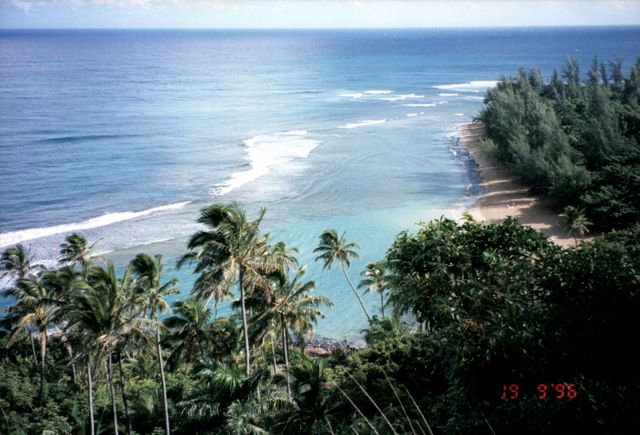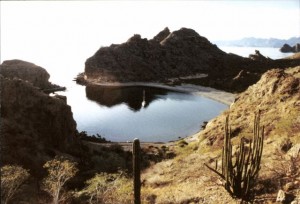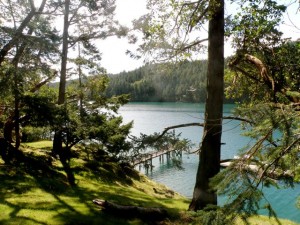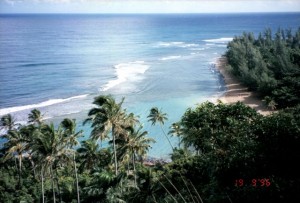Water, water, everywhere, and not a drop to drink

It’s a funny thing being on a boat surrounded by water and having to wonder if we have enough freshwater to get by. Alas, it is a concern, particularly if one plans to spends days away from shoreside facilities like while crossing an ocean, for instance. For our purposes we have some decisions to make – apparently we signed an agreement when we purchased Shearwater that dictated from that day forward we will have a near endless number of important decisions to make. All part of the fun, though, really. At present Shearwater only has one relatively small freshwater tank of 37.5 gallons. That isn’t much considering we need water to drink, to cook, to wash dishes, and to shower. Think of your water bill at home. Even during the winter you likely use a few thousand gallons a month. Much more than 37.5 gallons a day. So, what can we do?
The first, and most likely option, would be to add a second water tank of similar size under the port settee. That would give us 75 gallons which isn’t bad. Earendil held 90 gallons and that was adequate, but we were never away from a freshwater supply for more than a week and we had a small watermaker (PowerSurvivor 35). At least with Shearwater the water tank(s) are located low and near the middle of boat, so the full tanks weighing 650 pounds will help with stability and not increase pitching. Unfortunately, they eat up precious storage space in an easy to reach area. It’s always a compromise with boats.
Another option, instead of, or in addition to adding a second water tank would be to install a saltwater pump in the galley. This would mostly eliminate the use of freshwater for dishes. Helpful, but only a fraction of our usage unless we never drink water or shower onboard.
We could also install a manual freshwater pump in the galley. A manual pump tends to reduce water usage, metering out only what you need and no more.
Going one step further we could eliminate the electric freshwater pump. This would reduce showers to the tea kettle variety and eliminates the potential (or is it inevitable) failure of the electric pump. It also cuts way back on the normalcy of spending time aboard and suddenly cruising seems more like camping than having a moveable home.
Of course, there is a grand solution. We could install a watermaker and convert the, to us, limitless supply of saltwater into freshwater. In theory we might not even need the second water tank, although, the belt and braces approach would be to add the water tank and the watermaker. With a working watermaker we would never have to worry about having enough water onboard. Notice I underlined the word “working”. That is because watermakers are one of the most unreliable and complex devices onboard a sailboat. You would think that a device that costs at minimum $3500 would be extremely reliable, but you would be wrong. Add to that, the fact that watermakers can be noisy, they are a significant consumer of electricity, which increases engine run-time, engine noise, fuel usage, and pollution.
Hmmm, decisions, decisions…
What would you do?
3 comments
Leave a ReplyCancel reply
Sign up to receive blog updates



Our experience is that you always need more water than you think – get the watermaker.
We may end up going that route – it’s not like you can just make do without water! Thanks for your note!
Rod & Patti have just spent several weeks trying to get their watermaker working right, but it’s hard to imagine being without one for offshore work.